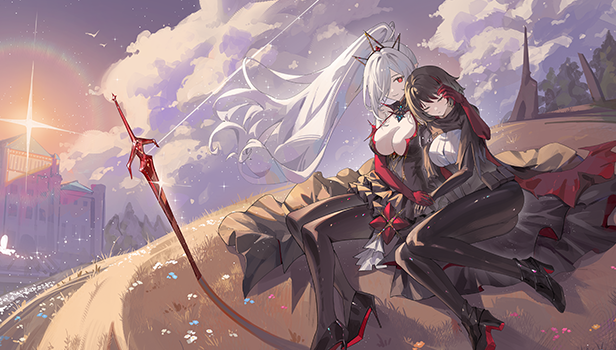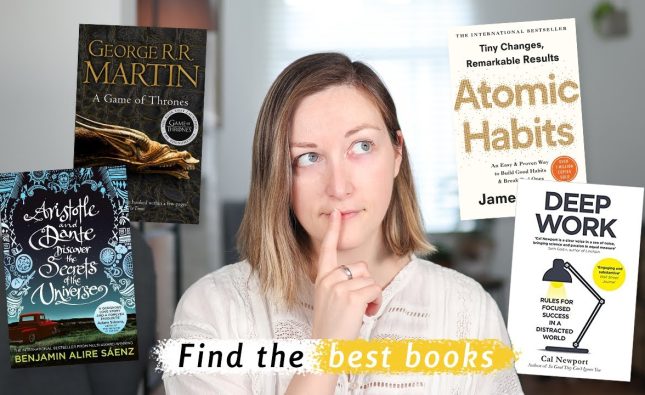
Introduction
Imagine a love so strong that it ignores barbed wire, watchtowers, and armed guards. Berlin Wall love stories capture our hearts because they rise above fear and politics. During the Cold War, Berlin was split in two—East and West—by an eight-foot-high concrete barrier that separated families, friends, and lovers. Yet, even in the darkest hours of division, courageous hearts found each other. This article explores how Anna and Erik’s Cold War romance became a beacon of defiance and hope, proving that love can conquer any border.
A City Divided by Ideologies
In 1949, Germany split into East and West. Berlin, though located deep inside East Germany, followed suit. By 1961, tensions peaked and the East German government built the Berlin Wall overnight. This fortress of concrete, barbed wire, and guard towers cut through streets and neighborhoods. On one side stood the German Democratic Republic (GDR), under Soviet control. On the other side was the Federal Republic of Germany (FRG), backed by Western allies.
Life on each side could not have been more different. In West Berlin, people enjoyed political freedom, a thriving cultural scene, and access to Western goods. In East Berlin, citizens faced strict travel restrictions, censorship, and pervasive surveillance by the Stasi, East Germany’s secret police. Families were torn apart. Parents lived half a mile from their children. Siblings could not visit one another. The Wall turned a single city into two worlds.
The Fateful Encounter
Amid this climate of suspicion, a secret gathering brought people from both sides together. Anna, a young schoolteacher from East Berlin, attended a rare underground concert held in a forgotten church basement. Erik, an American diplomat recently posted to West Berlin, was there as a cultural observer. Their eyes met across a crowded room lit by candlelight. It was as if the wall itself vanished for a moment.
They spoke in hushed tones, mindful of informants. Anna shared stories of her life where every phone call might be monitored. Erik described the freedoms he often took for granted. Despite the odds, they felt an immediate bond. This chance meeting sparked a cross-border love that would change both their lives.
Love Blossoms in the Shadows
Knowing the risks, Anna and Erik began meeting in secret. They chose safe spots: a small park near the border where East and West sectors nearly touched, or an abandoned train station hidden under rubble. Under the cover of night, they shared letters and small gifts. A pressed flower from the Spree River embankment. A smooth stone from the Tiergarten.
Their Cold War romance thrived in stolen moments. Each meeting felt like a triumph over oppression. They whispered dreams of a future together—a life without checkpoints, where they could walk hand in hand through the Brandenburg Gate. In the presence of barbed wire and watchful eyes, their hope grew stronger. Love became their rebellion.
Sacrifices and Risks
The risks were real. If the Stasi or border guards caught Anna crossing illegally, she faced imprisonment or worse. Erik risked diplomatic repercussions, even expulsion. Yet, they pressed on. Their letters contained coded references to meeting points. Anna once bribed a border guard with a handful of West German chocolate to slip through a checkpoint unnoticed.
One cold winter night, the two almost got caught. A roving patrol spotted footprints in the fresh snow. Anna’s heart pounded as Erik pulled her behind a concrete slab. For minutes, they held their breath. When the guards passed, they escaped, trembling but alive. This brush with danger only deepened their resolve. Each sacrifice proved that defiance and hope could outlast fear.
The Fall of the Wall and Reunion
On November 9, 1989, the world watched as East Germany announced that citizens could cross the border freely. Tearful crowds gathered at checkpoints. Soldiers removed barbed wire, and people danced atop the Wall, chipping away pieces as souvenirs. In that moment, Anna and Erik reunited publicly for the first time in over two decades of secret meetings.
They embraced under floodlights and camera flashes. Neighbors cheered. Former border guards lowered their heads, moved by the display of unity. Families long separated rushed to hug loved ones. The Wall, once a symbol of division, became a backdrop for celebration. Anna and Erik walked through the Brandenburg Gate together, stepping from one world into another. Their love story had survived the ultimate test of geography and ideology.
Love’s Triumph and Legacy
After German reunification, Anna and Erik married in a small ceremony near the Reichstag. Their guests included childhood friends from East Berlin and Erik’s diplomatic colleagues. Speeches praised their courage and the power of love to bridge impossible divides.
Today, guided tours of the Berlin Wall Memorial often mention their story. School textbooks highlight their romance as an example of human resilience. A small plaque in the park where they first met marks the site: “Here, love broke borders on a winter night in 1965.”
Their legacy lives on in new generations:
- Documentaries tell their story, reminding viewers that personal connections matter.
- Novels and films draw inspiration from their secret meetings.
- Memorial exhibits showcase Anna’s letters and Erik’s faded photographs.
Their tale remains a powerful example that Berlin Wall love can heal even the deepest wounds.
Lessons for Today
Anna and Erik’s story teaches lessons for our modern world:
- Human Connection Overcomes Division: In an era of rising walls—literal and figurative— their romance shows that empathy and understanding can dismantle barriers.
- Hope Fuels Courage: Even small acts of defiance, like smuggling chocolate or sharing a flower, can spark greater movements.
- Love as Resistance: When politics threaten our bonds, personal relationships become acts of rebellion.
- The Power of Small Steps: Their secret meetings, one at a time, eventually led to freedom for many.
These lessons resonate in times of political strife, migration crises, and social conflict. They remind us that every person we reach out to can make a difference.
Conclusion
The love story of Anna and Erik shows that even the mightiest walls cannot keep hearts apart. Their journey—from secret meetings under the shadow of watchtowers to a triumphant reunion atop the Berlin Wall—embodies defiance and hope. Their romance reminds us that human connection can outlast fear, politics, and concrete barriers. As we face our own divides, may we draw strength from their courage and faith in love’s power. When we choose empathy over enmity, we honor their legacy and step toward a world where no wall can stand in the way of our shared humanity.










